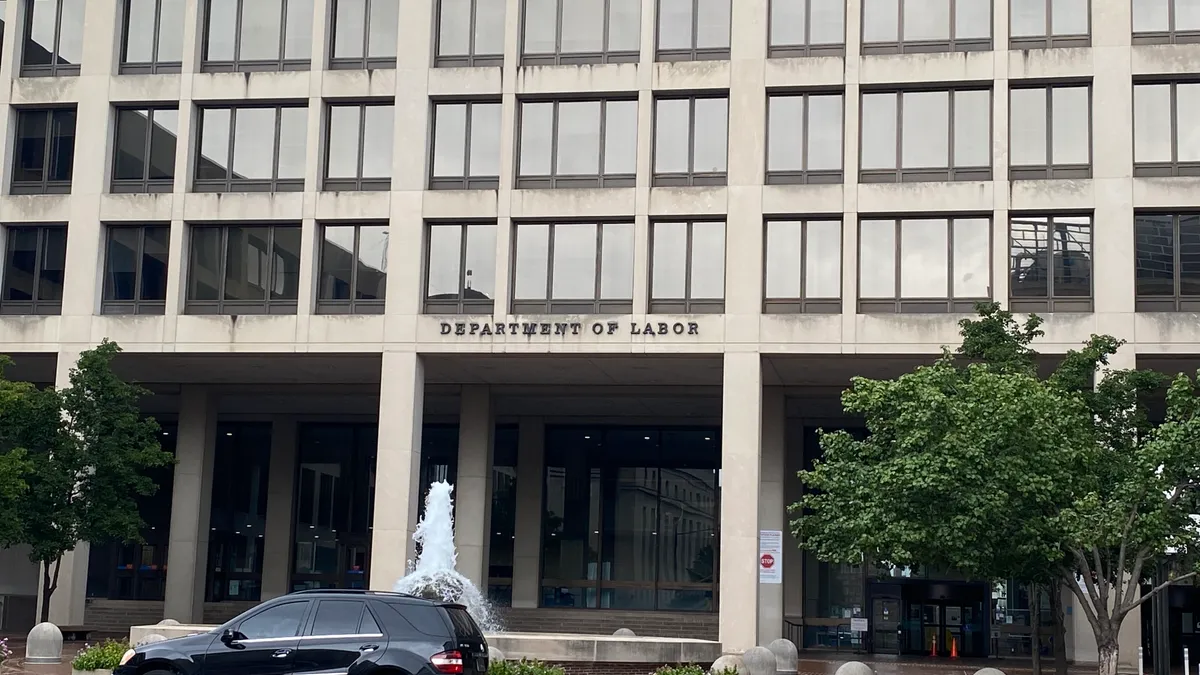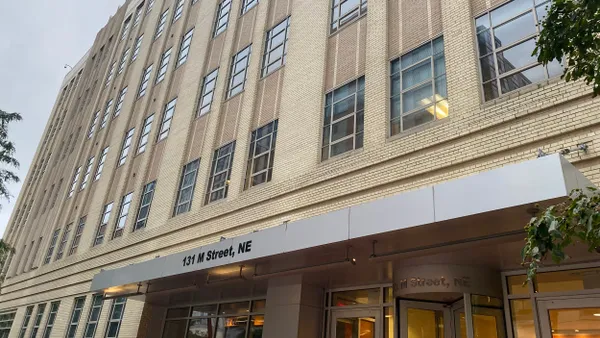Dive Brief:
- The Biden administration has finalized a regulation meant to improve access to mental health and substance use coverage for the 175 million Americans with private insurance, in a significant expansion of benefit parity standards for health plans.
- The rule requires private health plans to evaluate their provider networks, out-of-network payment rates and utilization management processes to ensure they’re the same between mental and physical healthcare, according to a fact sheet.
- Plans with more restrictive mental health benefits would have to take remedial action, like adding more therapists to their networks or removing a prior authorization requirement. Noncompliant plans could also face fines.
Dive Insight:
Under the Mental Health Parity and Addiction Equity Act (MHPAEA) passed in 2008, health plans that cover mental health and substance use care are required to do so at the same level as physical healthcare.
However, this is not always the case in practice. Healthcare like therapy can be exceedingly tricky to find, amid a national shortage of mental healthcare practitioners compounded by the rising incidence of mental illnesses.
Critics also point to health insurers, which often fail to promptly update provider networks and maintain barriers to care such as prior authorization. Many mental health providers don’t accept insurance, citing hurdles put in place by insurers. All together, such practices can make it extremely difficult for insured individuals to find covered mental health services.
MHPAEA was meant to make it easier for the majority of Americans with private health insurance to receive mental healthcare. However, that largely hasn’t been the case.
Insured people are almost four times as likely to go out of network — and pay higher costs — for mental healthcare than physical healthcare, according to a study published in April. Patients also forgo care altogether, which can worsen health needs down the line. Only about half of all adults with mental illness receive treatment, according to government data from 2022.
In 2020, Congress modified MHPAEA to require health plans to analyze their benefits to ensure payers weren’t making it difficult for beneficiaries to access mental health and substance use care. Yet the law has remained difficult to enforce, due to jurisdictional and resource challenges. Oversight of different types of health plans are split between a handful of federal agencies and the states.
The rule finalized Monday by the Health and Human Services, Labor and Treasury departments takes MHPAEA further by specifying plans have to evaluate provider networks, payment to out-of-network providers, how often they require prior authorizations and how often those prior authorizations are denied.
The rule clarifies that plans can’t use more restrictive prior authorization (or other utilization management techniques), or have narrower provider networks, for mental health care as opposed to medical benefits.
Payers also have to consider similar factors in setting out-of-network rates for mental healthcare and substance use care providers as they do for medical providers, according to the rule.
In addition, nonfederal governmental health plans, like those covering state and local government employees, previously did not have to comply with MHPAEA. The final rule eliminates that carveout, bringing more than 200 additional health plans under the law, according to a statement released by the White House on Monday
The HHS will soon release tools to help states ensure that private Medicaid plans are also complying with MHPAEA, the White House said.
Most of the rule takes effect in January 2025. Other provisions that will take longer to implement, such as some data evaluation requirements, will begin at the start of 2026, according to a fact sheet on the final rule.
It’s a significant overhaul to how insurers currently report compliance with MHPAEA, and one likely to raise administrative burden on insurers that offer private health insurance.
Though regulators finalized most of the provisions in the initial mental health parity rule proposed last summer, they did water down the rigor of some tests meant to ensure equality to the scope or duration of benefits after commenters said they’d be difficult to implement.
Still, the rule was quickly slammed by payers. A group of lobbies for health insurers and employers released a joint statement on Monday opposing the rule — and warning that it could increase costs so much that employers drop mental healthcare coverage entirely.
The regulation will “have severe unintended consequences,” wrote AHIP, the Association of Behavioral Health and Wellness, the Blue Cross Blue Shield Association and the ERISA Industry Committee.
“Instead of expanding the workforce or meaningfully improving access to mental health support, the final rule will complicate compliance so much that it will be impossible to operationalize, resulting in worse patient outcomes,” the groups wrote.
Meanwhile, physician lobby the American Medical Association applauded the rule, while noting it was overdue.
“Health plans have violated MHPAEA for more than 15 years, and this final rule is a step in the right direction to protect patients and hold health plans accountable,” AMA President Bruce Scott wrote in a statement Monday.
The Biden administration’s push to improve access to mental healthcare comes as more Americans report struggles with mental illnesses and substance disorders. The coronavirus pandemic, and subsequent lockdowns, are thought to have exacerbated the conditions.
In 2022, more than 84 million adults and 6.1 million adolescents were diagnosed with a mental health or substance use disorder, according to Substance Abuse and Mental Health Services Administration data.














